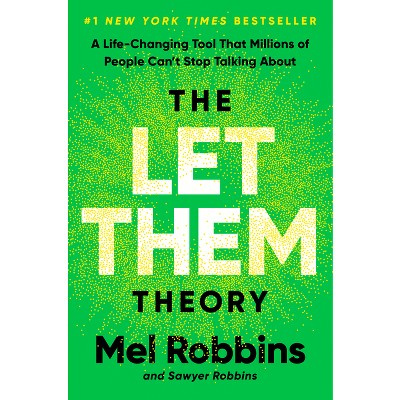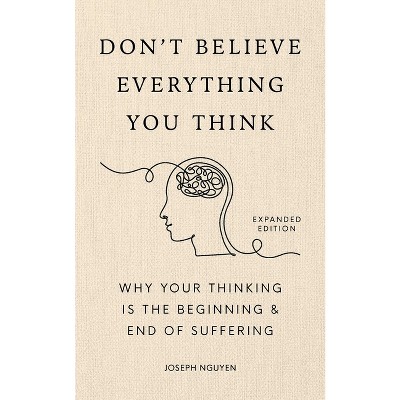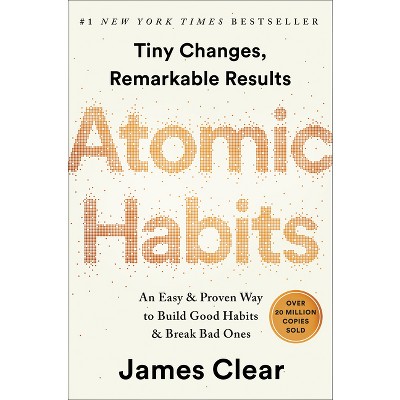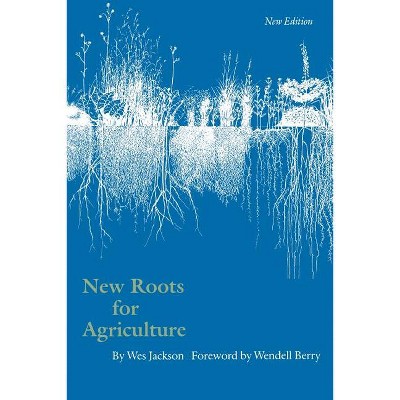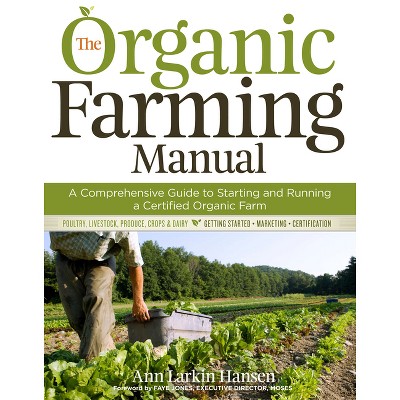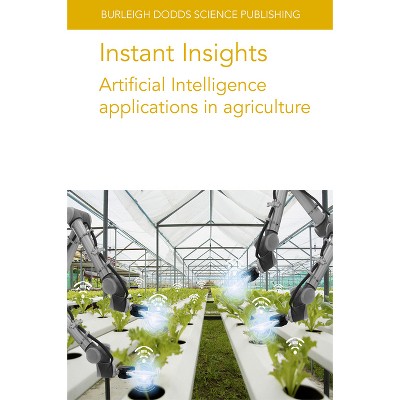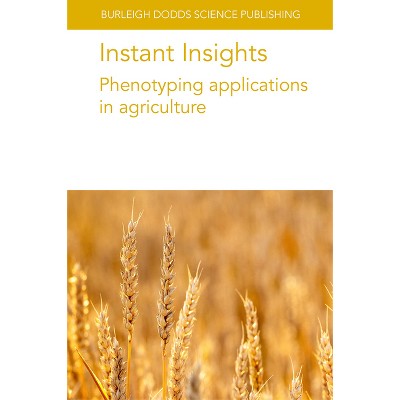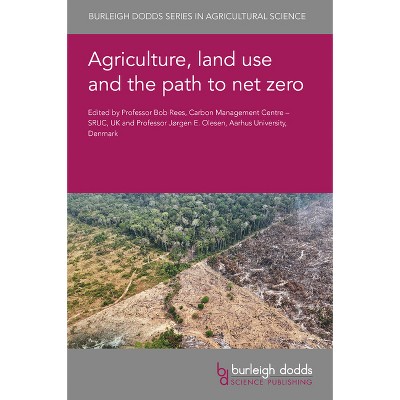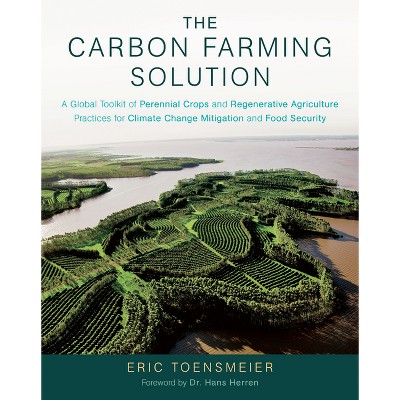Insect and Hydroponic Farming in Africa - (Agriculture and Food) by Dorte Verner & Nanna Roos & Afton Halloran (Paperback)

About this item
Highlights
- Interestingly, some relief from today's woes may come from ancient human practices.
- About the Author: The World Bank came into formal existence in 1945 following the international ratification of the Bretton Woods agreements.
- 280 Pages
- Technology, Agriculture
- Series Name: Agriculture and Food
Description
About the Book
This book presents an inclusive, and resilient solution to Africa's wide-ranging food security challenges, particularly in fragility, conflict, and violence-affected countries. It assesses the costs and benefits of using two frontier agriculture technologies, insect farming and plant hydroponics, to create a circular food economy in Africa.
Book Synopsis
Interestingly, some relief from today's woes may come from ancient human practices. While current agri-food production models rely on abundant supplies of water, energy, and arable land and generate significant greenhouse gas emissions in addition to forest and biodiversity loss, past practices point toward more affordable and sustainable paths. Different forms of insect farming and soilless crop farming, or hydroponics, have existed for centuries. In this report the authors make a persuasive case that frontier agriculture, particularly insect and hydroponic farming, can complement conventional agriculture. Both technologies reuse society's agricultural and organic industrial waste to produce nutritious food and animal feed without continuing to deplete the planet's land and water resources, thereby converting the world's wasteful linear food economy into a sustainable, circular food economy. As the report shows, insect and hydroponic farming can create jobs, diversify livelihoods, improve nutrition, and provide many other benefits in African and fragile, conflict-affected countries. Together with other investments in climate-smart agriculture, such as trees on farms, alternate wetting and drying rice systems, conservation agriculture, and sustainable livestock, these technologies are part of a promising menu of solutions that can help countries move their land, food, water, and agriculture systems toward greater sustainability and reduced emissions. This is a key consideration as the World Bank renews its commitment to support countries' climate action plans. This book is the Bank's first attempt to look at insect and hydroponic farming as possible solutions to the world's climate and food and nutrition security crisis and may represent a new chapter in the Bank's evolving efforts to help feed and sustain the planet.About the Author
The World Bank came into formal existence in 1945 following the international ratification of the Bretton Woods agreements. It is a vital source of financial and technical assistance to developing countries around the world. The organization's activities are focused on education, health, agriculture and rural development, environmental protection, establishing and enforcing regulations, infrastructure development, governance and legal institutions development. The World Bank is made up of two unique development institutions owned by its 185 Member Countries. The International Bank for Reconstruction and Development (IBRD) focuses on middle income and creditworthy poor countries and the International Development Association (IDA), which focuses on the poorest countries in the world.
